Versandkostenanfrage
Wir kalkulieren den Versandpreis, sobald wir Ihre Anfrage erhalten.
Versandkostenanfrage
Wir kalkulieren den Versandpreis, sobald wir Ihre Anfrage erhalten.
Das könnte Sie auch interessieren
Objekte dieses Händlers
Original Lithographie Jean Bazaine Poster, 1979

Henri Matisse, Expo Maeght Poster, 1959, Original Lithographie
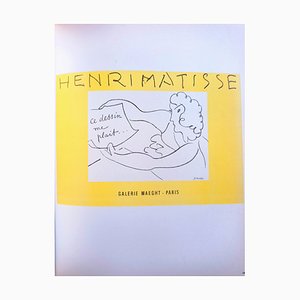
Joan Miró, Imaginary Boy, Sonnenfresser, Farblithographie, 1970er
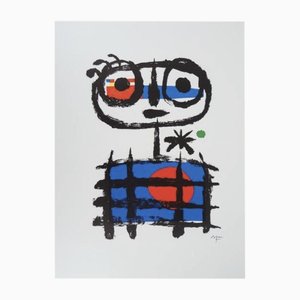
Constantin Terechkovitch, L'Atelier Fantastique, 1965, Lithographie
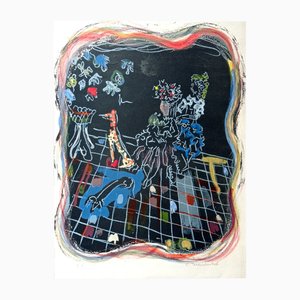
Henri de Toulouse-Lautrec, Yvette Gilbert, 1950, Radierung
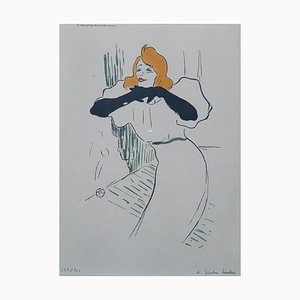
Jules Pascin, Noblesse Magache, 1920er, Radierung
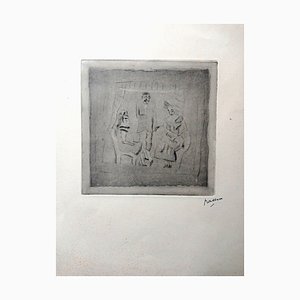
Limoges Porzellanteller nach Keith Haring, 1980er
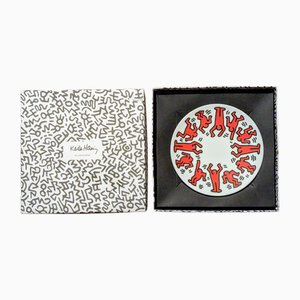
Joseph Nigg, Stillleben mit Blumen, Früchten und Schmetterlingen, Original Lithographie, 1943
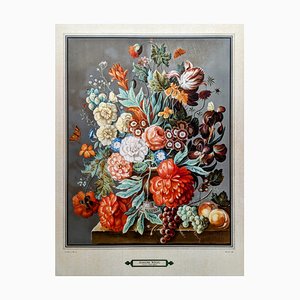
André Masson, Tempest, Lithographie, 1981
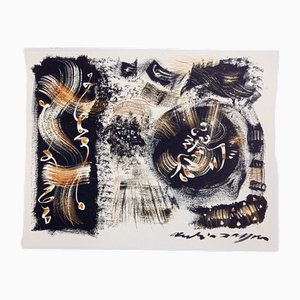
Salvador Dali, La Divine Comédie: Enfer 34, Apparition de Dité, Gravur Teller, 1960

Ausstellungslithographie von Georges Braque, 1959
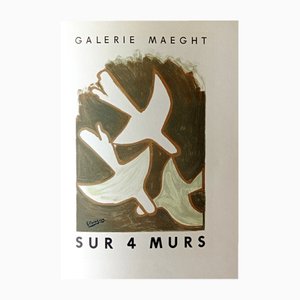
Pablo Picasso, Three Nudes, Original Linolschnitt, 1962
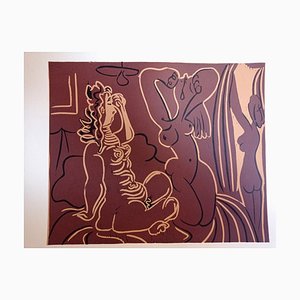
Francis Bacon, 1970, Siebdruck
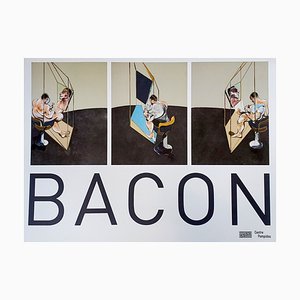
Handbemalte Art Deco Tischlampe auf Marmorsockel
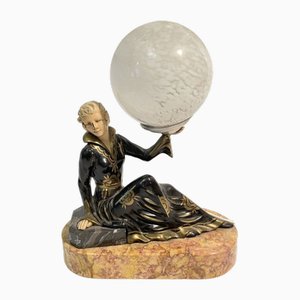
Jacques Villon, 1954, Original-Lithographie auf Pergamentpapier
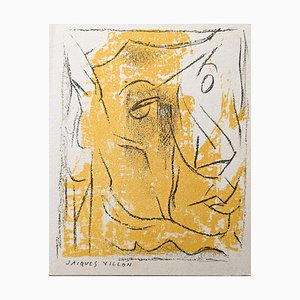
Nicolas Poliakoff, Kubistischer Akt, Kohle auf Papier, 1950er

Jacques Bosser, The Heart Dancer 10 (Funambule), Original Lithographie, 1970er
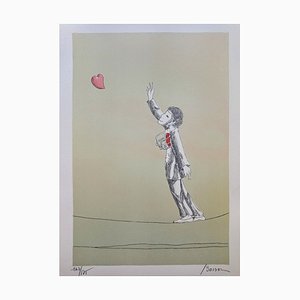
Amedeo Modigliani, Porträt eines Mädchens, Limitierte Lithographie, Frühes 20. Jahrhundert
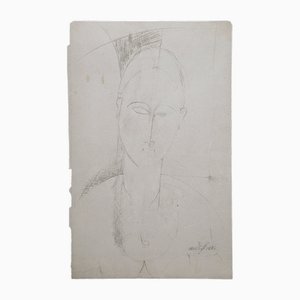
Marc Chagall, Uhr, Original Lithographie, 1950
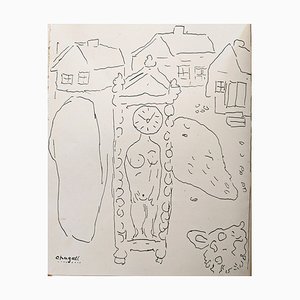
Lila Glasvase mit Etain Applied Decor, 1920er
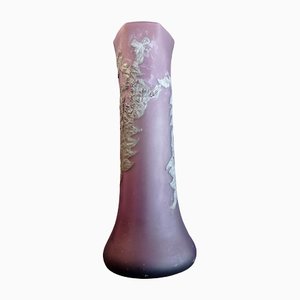
Weitere Produkte
Schreiben Sie uns
Ein Angebot machen
Uns ist aufgefallen, dass Sie neu bei Pamono sind!
Bitte akzeptieren Sie die Allgemeinen Geschäftsbedingungen und die Datenschutzerklärung
Schreiben Sie uns
Ein Angebot machen
Fast geschafft!
Um die Kommunikation einsehen und verfolgen zu können, schließen Sie bitte Ihre Registrierung ab. Um mit Ihrem Angebot auf der Plattform fortzufahren, schließen Sie bitte die Registrierung ab.Erfolgreich
Vielen Dank für Ihre Anfrage! Unser Team meldet sich in Kürze bei Ihnen zurück.
Wenn Sie Architekt*in oder Inneneinrichter*in sind, bewerben Sie sich hier um dem Trage Program beizutreten.